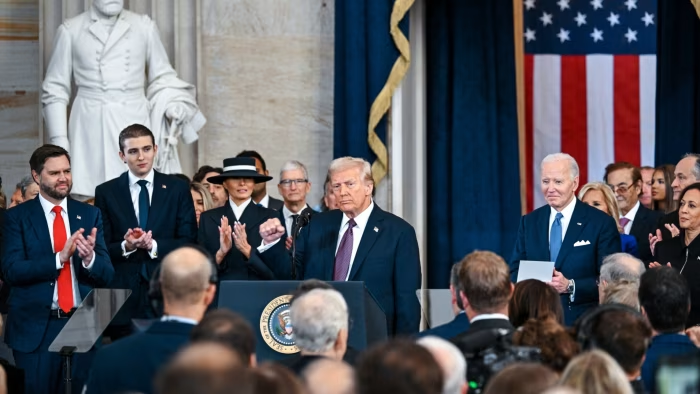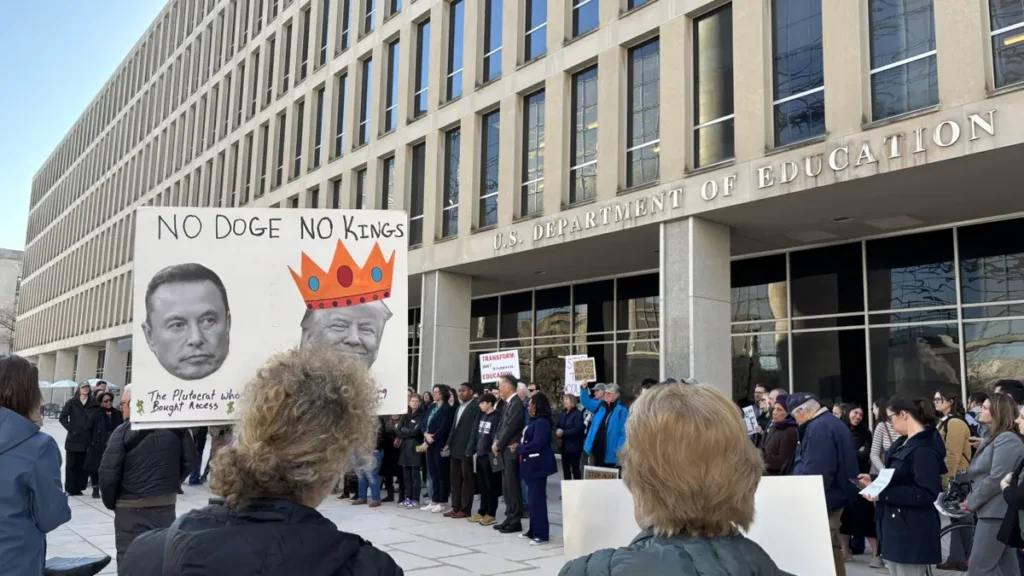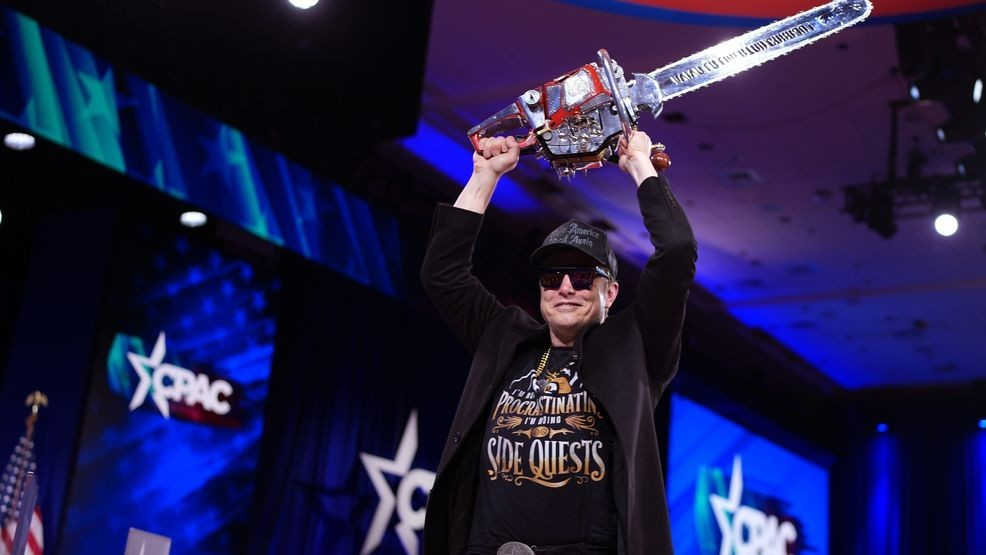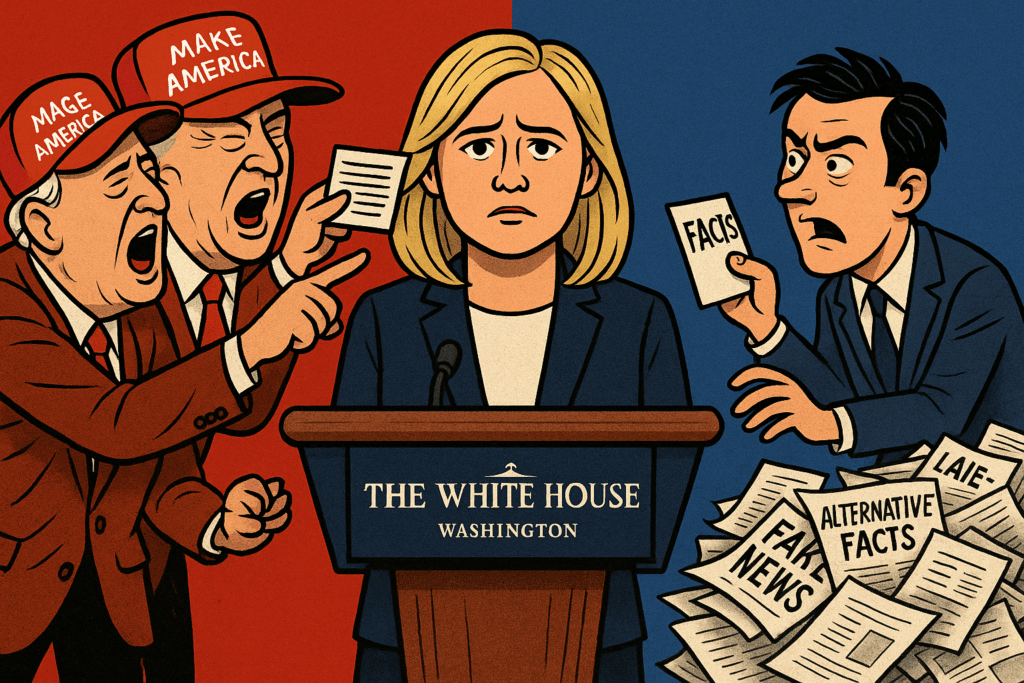

Prefer to listen instead?
Kick back and press play as we break down Karoline Leavitt’s greatest hits: fact fumbles, MAGA mumbling, and age-gap shade. It’s like a press briefing… but with receipts. Only on Pixlehale.
A Rapid Rise Without the Resume
Karoline Leavitt’s rise to the White House press podium is a story of loyalty, not merit. At just 27, she became the youngest press secretary in U.S. history, but her journey is less about qualifications and more about alignment with Donald Trump’s brand of politics. Beneath the polish and camera-ready delivery is a pattern of contradictions, misleading statements, and a career propped up by partisanship rather than experience.
Flip-Flops and Falsehoods
Take, for instance, her flip-flop on the January 6 Capitol riot. In the immediate aftermath, she praised Vice President Mike Pence for certifying the election and lauded the Capitol police for their bravery. But fast-forward to her 2022 congressional run and later Trump campaign role, and she had fully embraced the lie that the 2020 election was stolen. She deleted old tweets and changed her narrative to align with Trump’s false claims, going so far as to defend mass pardons for January 6 offenders. These are not just shifts in tone; they are wholesale reversals meant to curry favor.
This pattern extends to other public statements as well. In one press briefing, she backed Elon Musk’s baseless claim that tens of millions of dead people were fraudulently receiving Social Security benefits. That claim was quickly debunked—Social Security has about 68 million beneficiaries, not the 400 million Musk’s team implied. Leavitt’s willingness to amplify fringe theories without evidence shows a dangerous disregard for the truth.
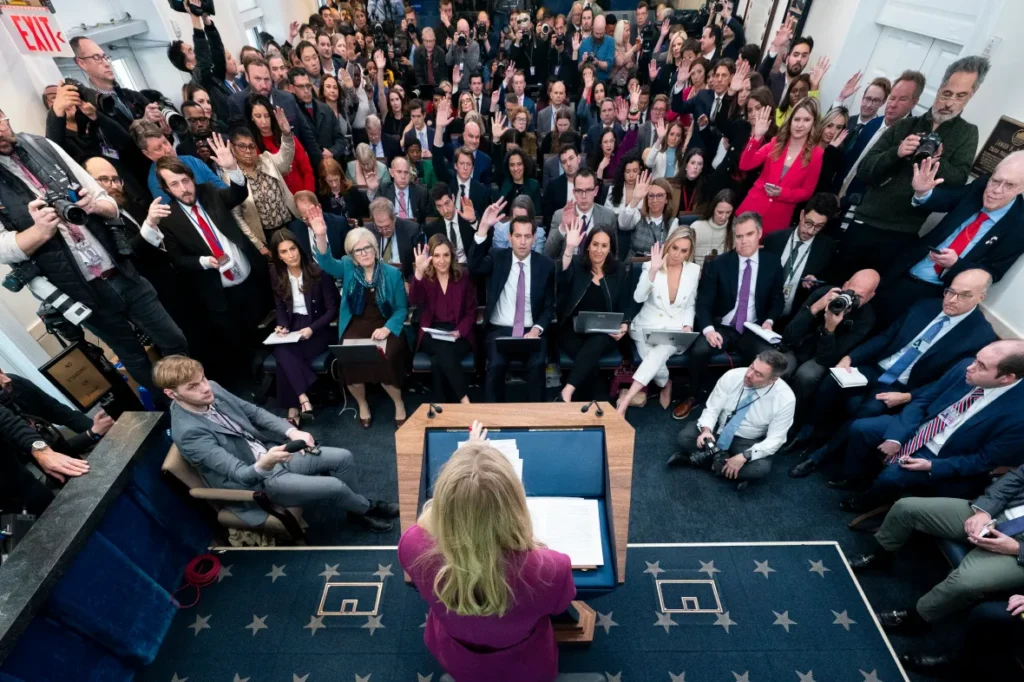
She’s also been caught spreading outright falsehoods. At a White House press briefing, she incorrectly claimed that a federal judge was appointed by Barack Obama when in fact he was first appointed by George W. Bush. These kinds of factual errors might be brushed off as slips—if they didn’t happen so often and always skew in the same partisan direction.
Loyalty Over Legacy
Leavitt’s career path tells the same story. She graduated college in 2019 and was interning at the Trump White House almost immediately. By age 22, she was a White House assistant press secretary. A year later, she was the communications director for Trump-aligned Rep. Elise Stefanik. In 2022, she ran for Congress in New Hampshire and, though she lost, gained visibility in MAGA circles for her unwavering loyalty to Trump. That loyalty landed her a job as national press secretary for Trump’s 2024 campaign and eventually earned her the coveted podium spot.

But this rapid ascent didn’t come with a track record of independent accomplishment. Leavitt has never worked outside of right-wing political communications. Her only credential is her allegiance. Unlike previous press secretaries who came from journalism, policy, or long public service, Leavitt is a partisan through and through.
Questionable Ethics, Blurred Lines
Critics say she plays fast and loose with the facts, parrots Trump’s grievances, and uses the press briefing room to attack rather than inform. She’s barred outlets like the Associated Press from press pool duties and regularly accuses mainstream journalists of pushing a “dishonest narrative.” Even ethics concerns have emerged—Leavitt failed to disclose over $325,000 in unpaid campaign debt from her 2022 congressional run until it became a public issue, raising questions about transparency and integrity.
She’s also not shy about mocking President Joe Biden’s age, frequently using his gaffes and stumbles as political punchlines. But the irony is hard to ignore—Leavitt herself is married to a man nearly two decades older than her. It raises questions about whether her digs at Biden are genuine concerns or just another rehearsed line for political effect.
Supporters, of course, see things differently. To Trump loyalists, Leavitt is tough, telegenic, and unflinchingly loyal. She speaks their language and takes the fight to the media, and that alone is enough. But that shouldn’t be the bar for the country’s top spokesperson.
Final Word
The job of press secretary isn’t to cheerlead—it’s to communicate clearly and honestly with the American people. Karoline Leavitt has yet to prove she can do either.
Sources: Key data and statements in this article are drawn from Politico, The Daily Beast, Fox News, New Hampshire Public Radio, NBC News, the Associated Press, and NPR. Additional insights were sourced from official government statements and press briefings. All assertions are supported by these reliable sources, ensuring a fact-based, well-rounded perspective throughout the article.
